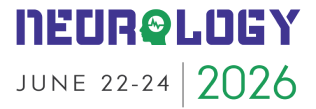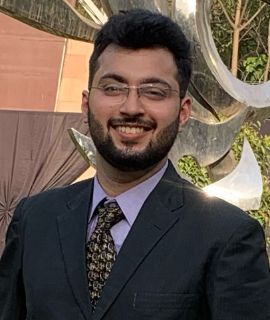Title : Information Extraction from EHR and EEG Signals in search of a Potential Biomarker for ADHD diagnosis
Abstract:
ADHD is the most common neurobehavioral disorder of childhood characterised by inattention, impulsivity and motor hyperactivity. The estimated number of children ever diagnosed with ADHD, according to a national 2016 parent survey is 6.1 million (9.4%). An estimated 8.7 million adults live with ADHD in the United States, resulting in a total societal excess cost attributable to ADHD of $122.8 billion ($14,092 per adult). Electroencephalography (EEG) is a common tool for prognostic and diagnostic purposes. Previous studies have shown that the most robust EEG feature associated with ADHD is elevated power of slow waves (4–7Hz “theta”) and/or decreased power of fast waves (14–30Hz “beta”), quantified by the theta/beta ratio (TBR). The transient neural dynamics captured by ERPs have also been explored for distinguishing features of ADHD. Significant non-linear association between resting gamma power and age in the lower frequency gamma-1 (30-39 Hz), stronger relative right frontal alpha power and a highly significant rightward EEG high-beta (16-21 Hz) asymmetry in inferior parietal brain regions are other findings seen in previous studies. But neither of the mentioned findings have been observed in datasets large enough to draw conclusions in terms of finding a specific biomarker for ADHD on EEG. The TUH-EEG Corpus is an ongoing data collection effort that has recently released 14 years of clinical EEG data collected at Temple University Hospital. The records have been curated, organized, and paired with textual clinician reports that describe the patients and scans. The completed corpus comprises 16,986 sessions from 10,874 unique subjects. Number of sessions per year varies from approximately 1,000-2,500. Our team used AI (Natural language processing and Signal analysis techniques) to extract patterns from clinical information and EEG waves. Electronic records and EEG data of patients who were diagnosed with ADHD and had ever been placed on any kind of stimulants for treatment of ADHD were collected from the TUH-EEG (Temple University Hospital) dataset. The health records of all the patients were analyzed using Natural Language Processing algorithms to extract the textual info and identify and select the abnormal from the normal EEGs. The abnormal EEG were further analysed using Signal analysis and Machine learning techniques. Using patient EHR and EEG waveforms from the TUH-EEG corpus, we seek to find a potential biomarker to help in diagnosis and assessing the prognosis of ADHD patients.




